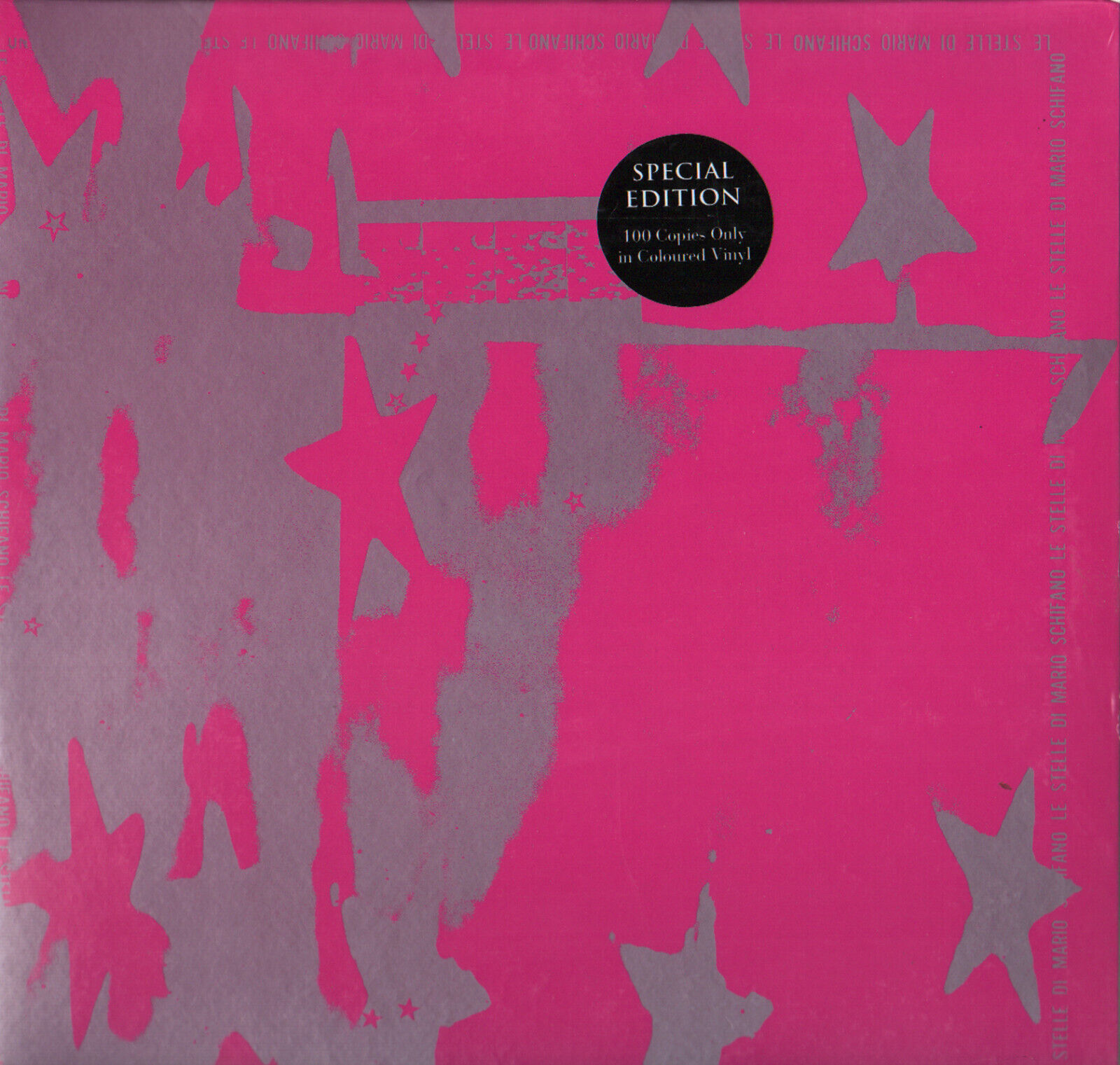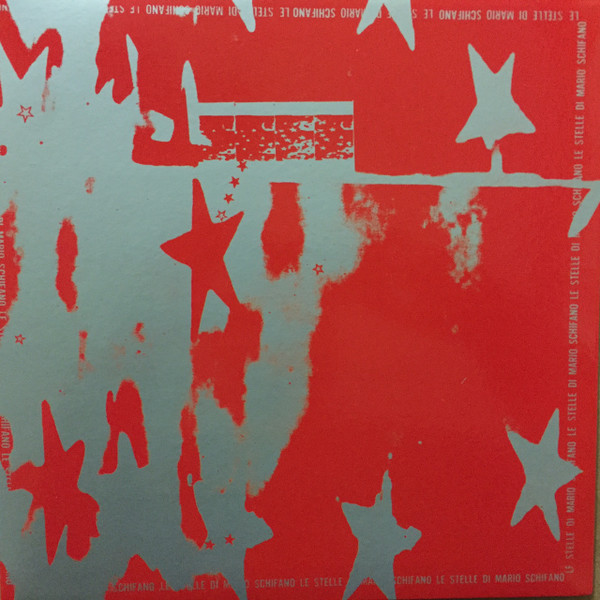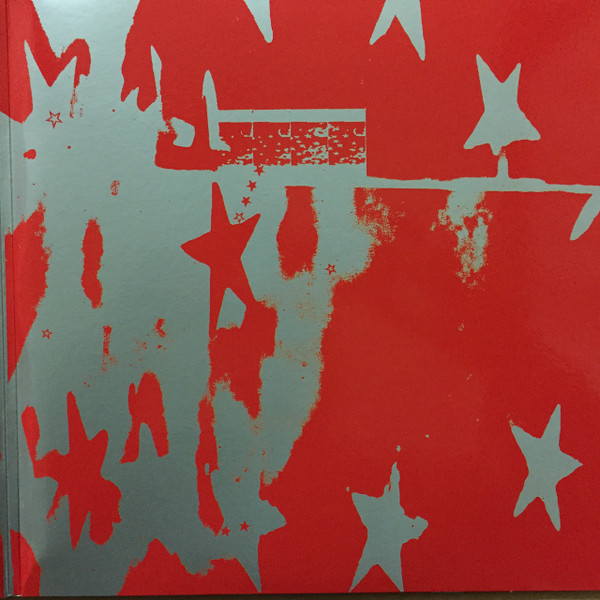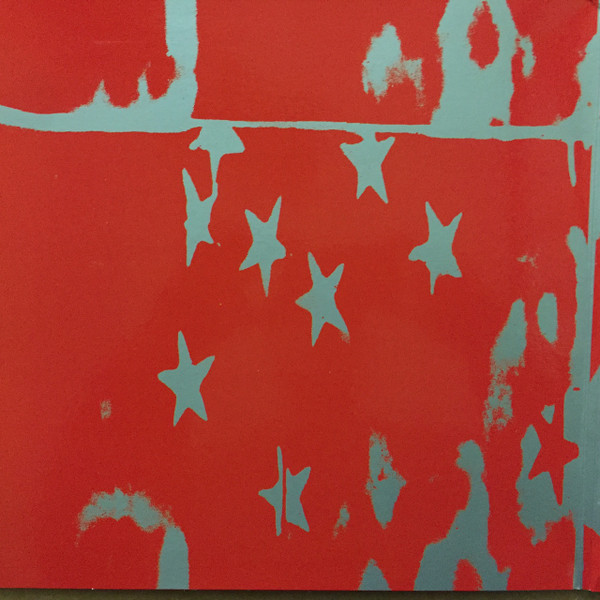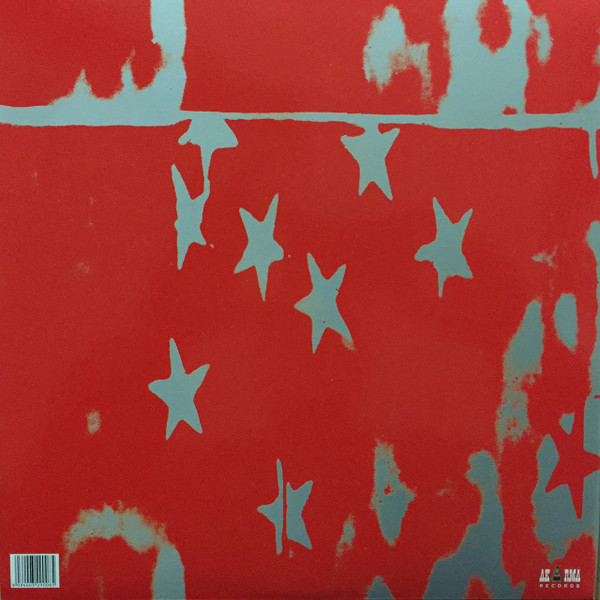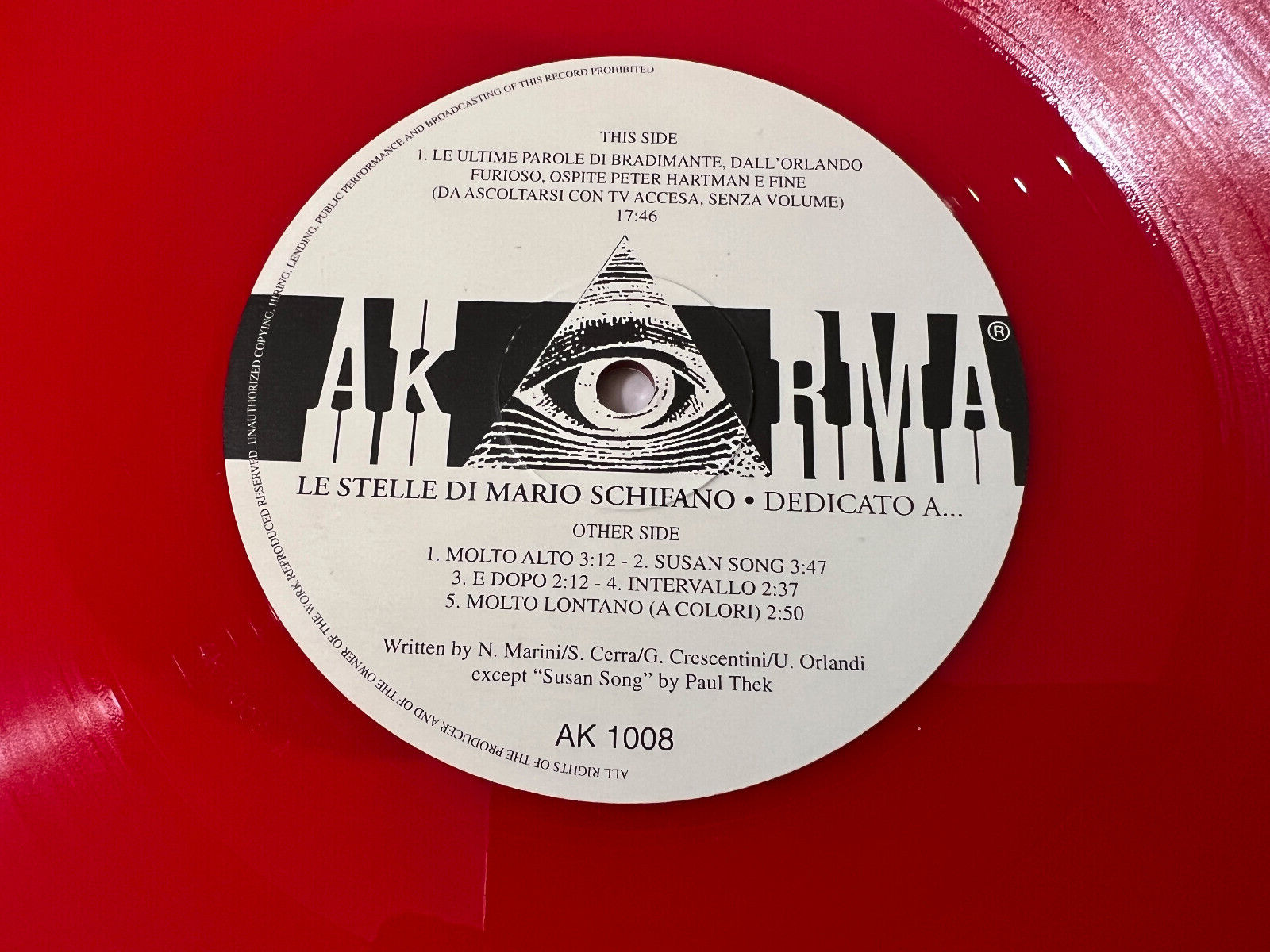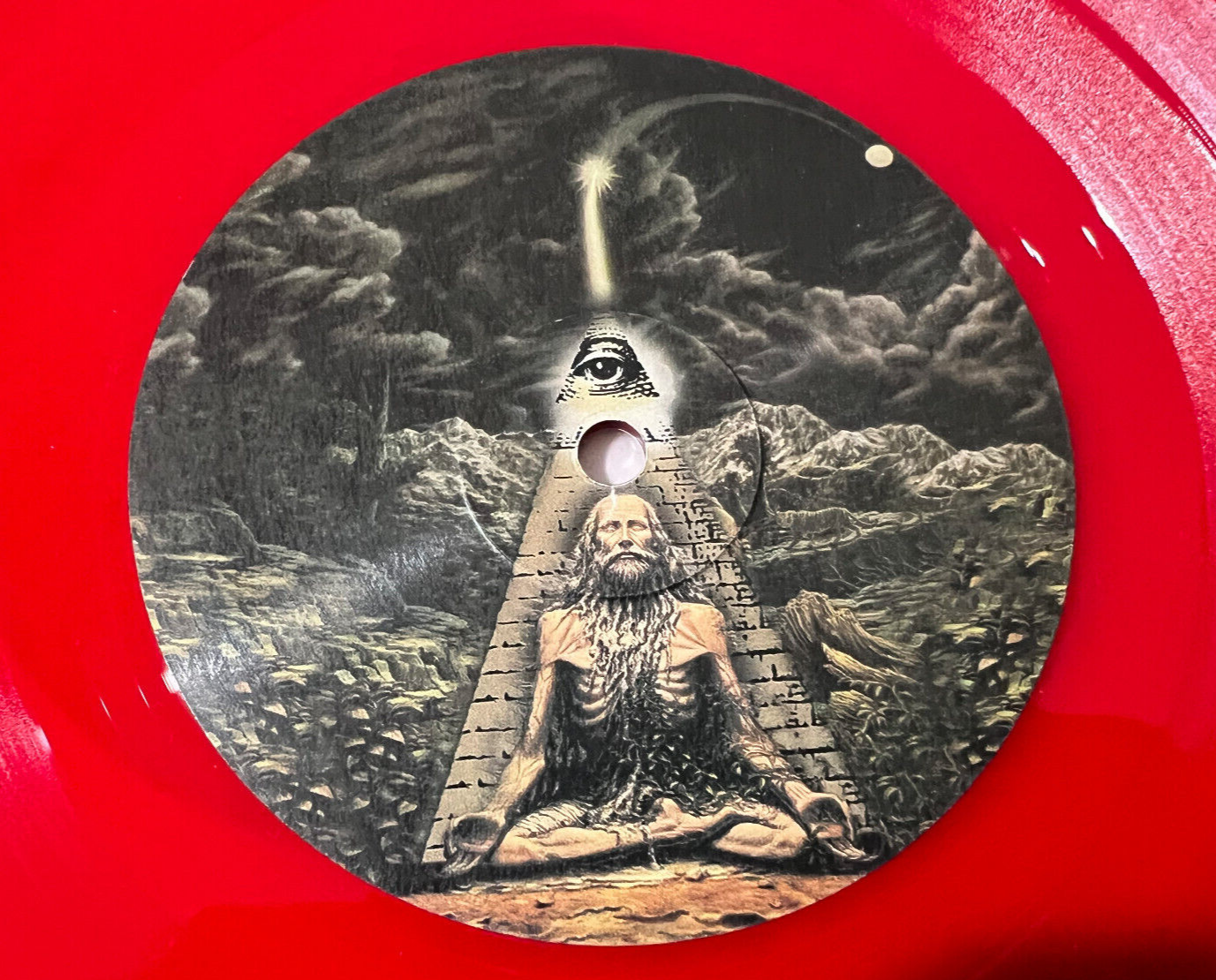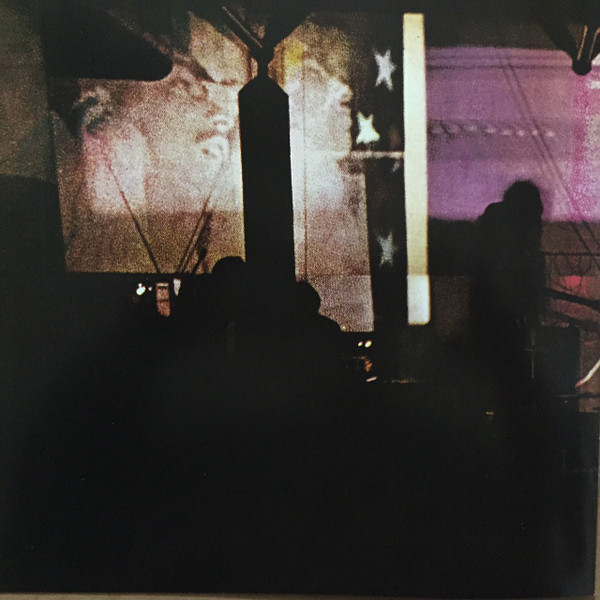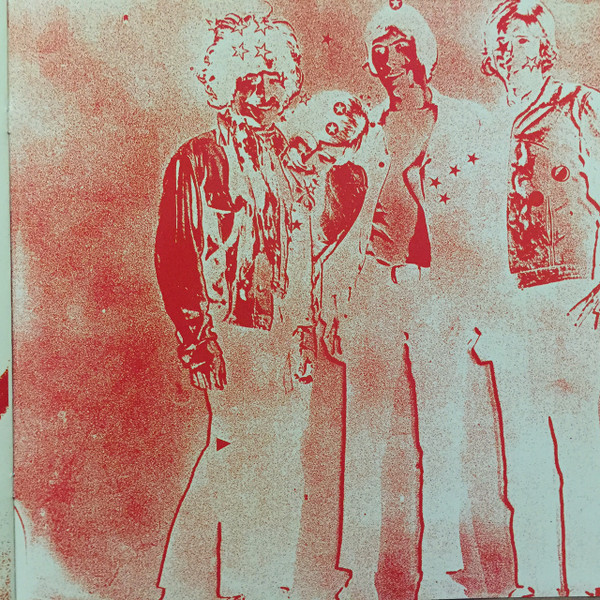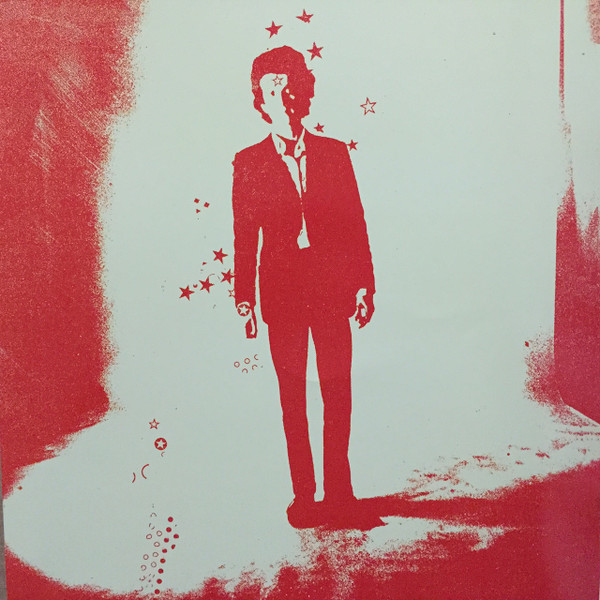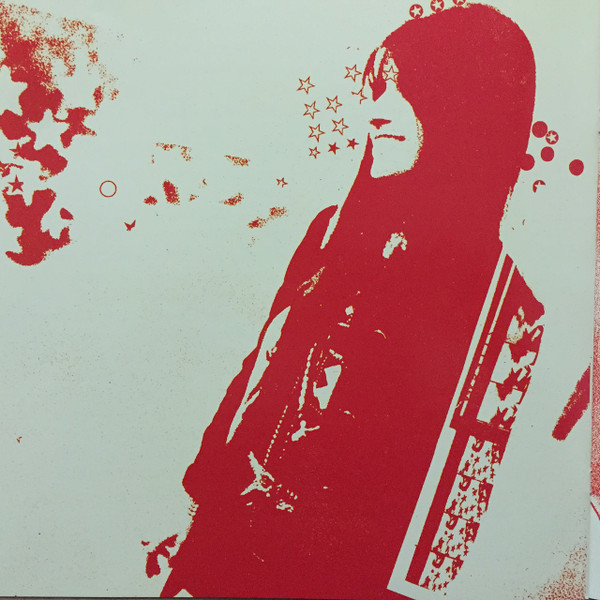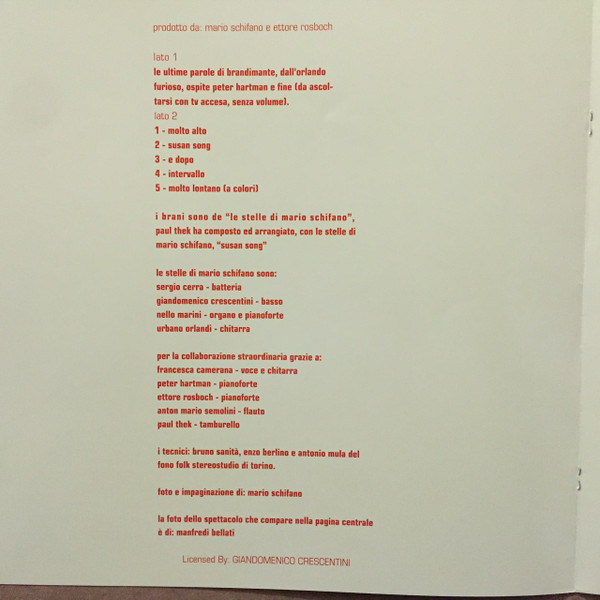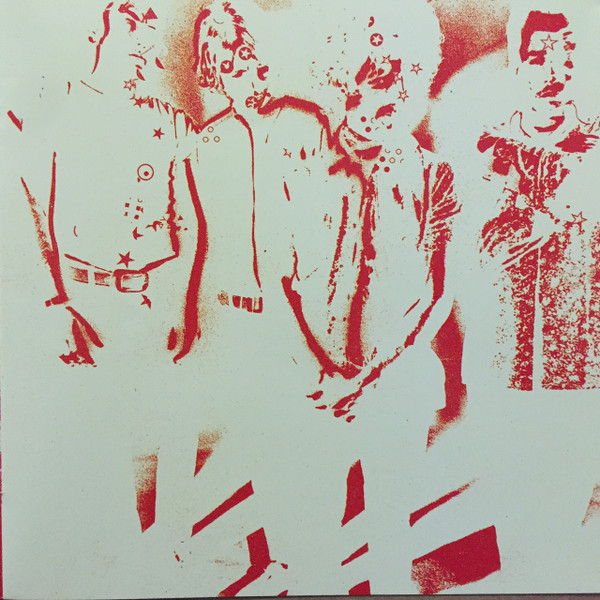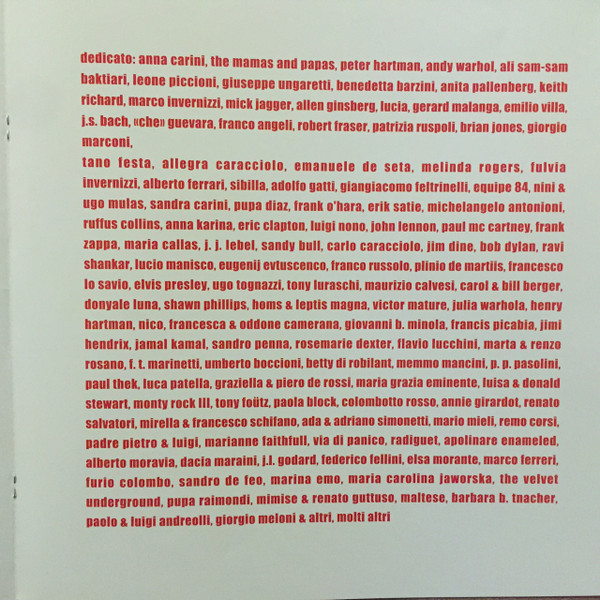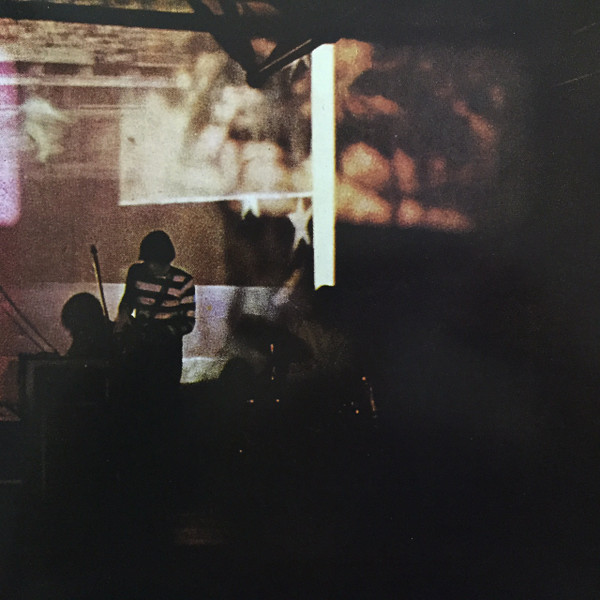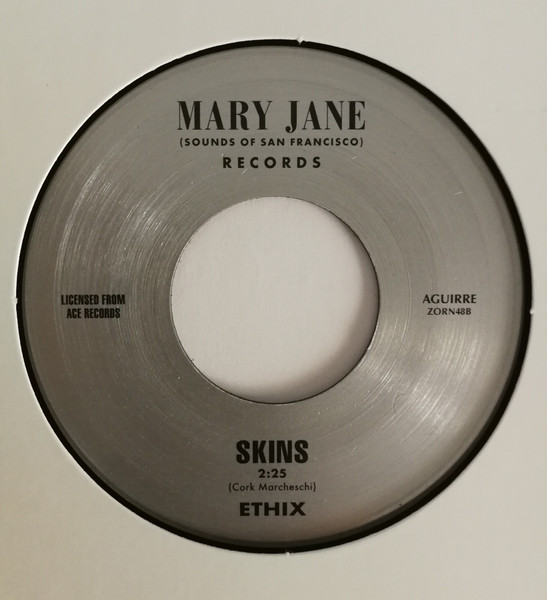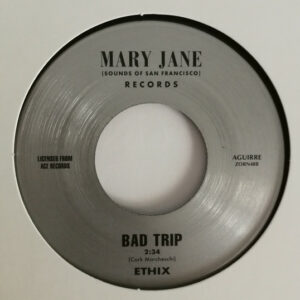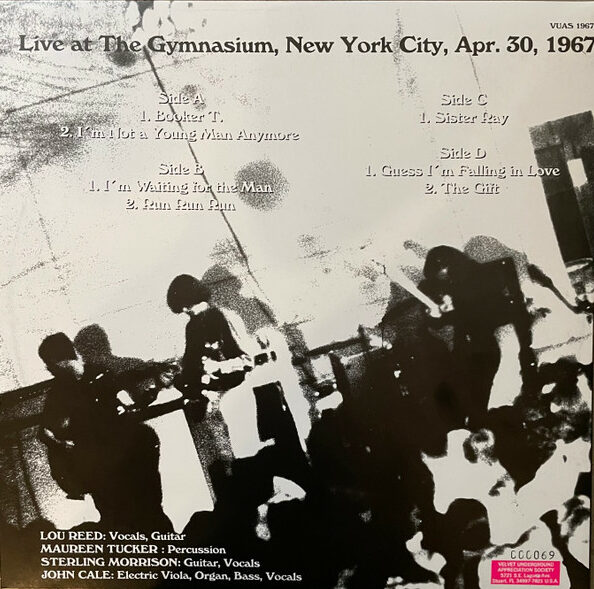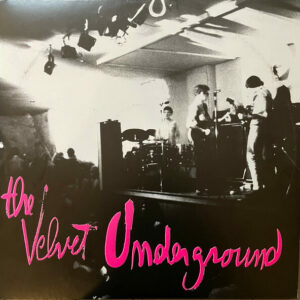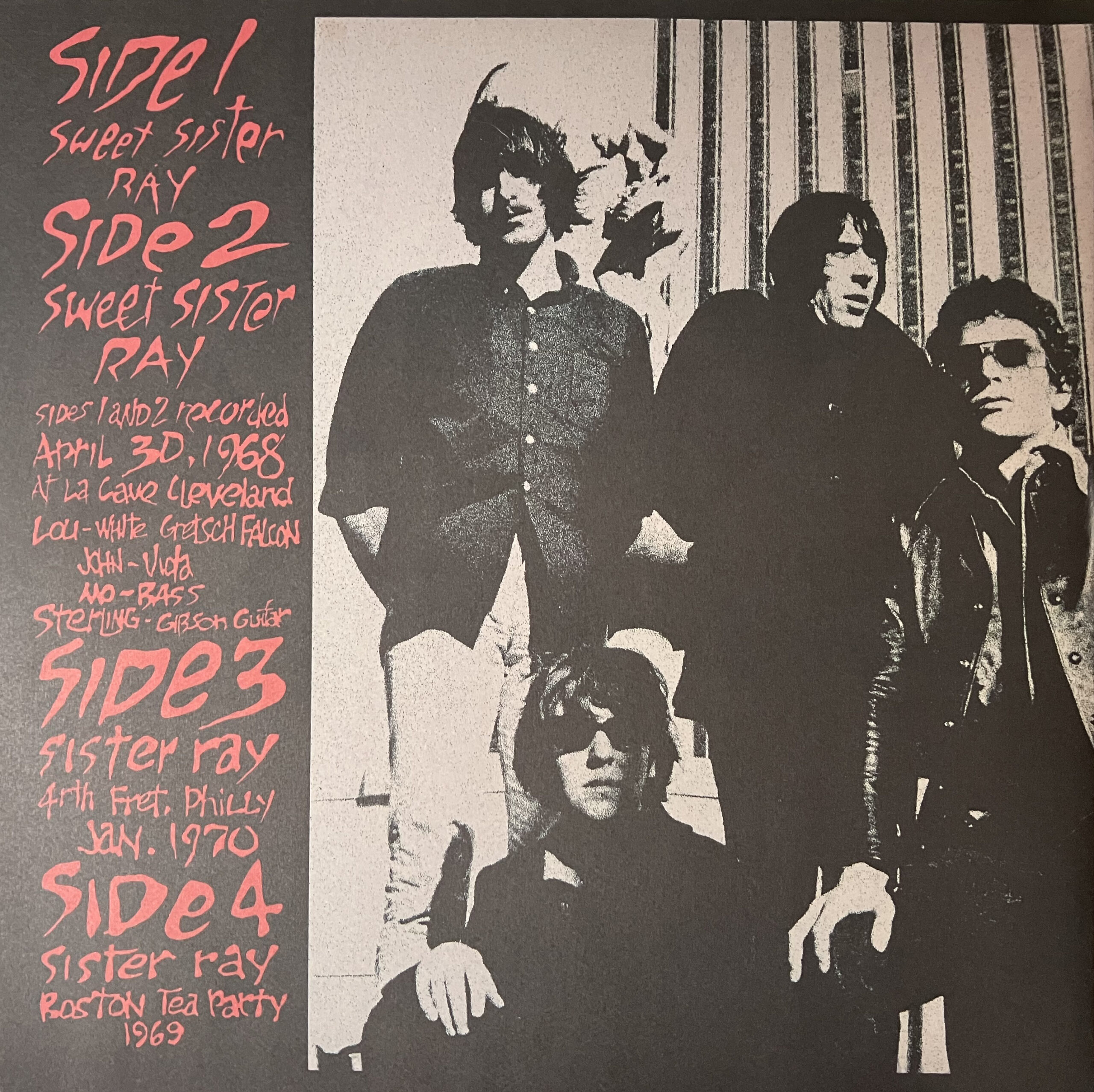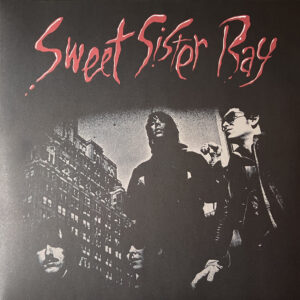Le Stelle di Mario Schifano / Dedicato A… (Vinyl LP)
32,50€
In stock
Description
Vinyl LP / Reissue – extra rare Ltd Edition of 100 copies !
Red Vinyl / Gatefold cover
Heavy gatefold full laminated cover with (NO bound-in) 8-page booklet.
Red vinyl, Red sleeve.
1967-Italy
Format: Vinyl LP
#Ref: AK 1008
Release date: 2013
Release notes
An extraordinary & legendary record.
Little known in the world until a few years ago, Dedicato a… is among the most wanted and expensive Italian album nowadays. The Akarma reissue has finally given to many collectors the chance to hear an album that was only known by its fame.
Supported by the pop artist Mario Schifano (who was not a musician, by the way), in the same way that Andy Warhol acted with Velvet Underground, this band from Rome (though Crescentini and Marini were from Veneto and Cerra from Alessandria) was created in 1967 and released their first and only album the same year.
Bass player Crescentini, had briefly played before in the last incarnation of New Dada, a very popular garage-beat group.
Housed in an incredible gatefold cover, painted by Schifano himself, the album contains a side-long improvised track on side 1, with the long title of Le ultime parole di Brandimarte, dall’Orlando Furioso, ospite Peter Hartman e fine (da ascoltare con TV accesa senza volume), a surreal title just like the track itself and which gives a good idea of what the group’s music and live concerts were about.
Julian Cope’s precious & very insightful review (selected parts) :
” The sole album release of Le Stelle di Mario Schifano (the Stars of Mario Schifano) was a Warholian contrivance of the Italian pop art painter/sculptor guru who gave his name to this 1967 project.
But wishing for a European equivalent of E.P.I. (Exploding Plastic Inevitable) and achieving it were hardly the same thing, as other hip artists out to ape Warhol soon found out. The Factory’s amphetamine infrastructure supported a surprisingly Bronze Age hierarchy, and if one superstar croaked, the next one waiting in the wings was doing so word perfect and in full costume. And so it is that, thirty-five years down the line and operating with 20/20 hindsight, I would suggest that the closest Europeans ever came to achieving that Warholian 100% total package were, in reverse order of success, London’s Hapshash & the Coloured Coat (20%), Stockholm’s Parson Sound (30%) and Rome’s Le Stelle di Mario Schifano in at the top with a groundbreaking 50% pass mark.
And so it was that only Rome’s Mario Schifano came to even temporarily challenge Andy Warhol’s mid-60s multi-media supremacy. Nowadays, Schifano is probably most famous to British rock’n’rollers for having temporarily stolen Marianne Faithful from Mick Jagger. Certainly, every 60s freak knows the famous press shot of Marianne and her young son, Nicholas, bundled up in Schifano’s car as they prepared a hasty exit from Jagger and Faithful’s Cheyne Walk home. But that was in 1969. And in order to understand how the Italian could have wielded enough power to have even temporarily relieved Jagger of his muse, we must backtrack to mid-1966, when Mario Schifano and his then-girlfriend, Anita Pallenburg, were hanging out with London’s young hip aristocracy.
Throughout that summer, Schifano and Pallenberg had stayed at the Chelsea home of Lord Harlech, whose children, Jane, Julian and Victoria Ormsby-Gore, were all obsessed with the Beatles and the Rolling Stones. In the same circle were the art dealer Robert Fraser, the antique dealer Christopher Gibbs, and the Guinness heir, Tara Browne, who later ‘blew his mind out in a car’.
It was in this environment that Mario Schifano began to understand that, however cool he could be as a painter and sculptor, no artist in the ‘60s could ever hope to approach the level of adulation and respect that could be brought by being a member of a pop group. This must have been particularly galling for an incredible painter such as Schifano. Born in Libya in 1934, his exhibitions of Pop-Art had been wild successes since the late ‘50s.1
Understanding the level of intrigue which Andy Warhol had created with his multi-media packages in New York, Mario Schifano set out to emulate this success. But feeling that such a thing could be easily lost in the Swinging London of late 1966, Mario Schifano percipiently chose to set up his project back home in Rome. And rather than aim for a merely achieving replica of Warhol’s idea, Schifano decided that the music created by his proteges could only gain ground if it was perceived by the hip intelligensia as being part of the genuinely radical avant-garde. But Schifano adored the way the front sleeve of The Velvet Underground & Nico bore no other legend than the words ‘Andy Warhol’. Which is how he hit upon the self-aggrandising group name Le Stelle di Mario Schifano, or ‘The Stars of Mario Schifano’. Now, how fucking Me Generation is that?
In Rome, Schifano collected together four unknown musicians and schooled them in the kind of sounds which he was expecting from them. Urbano Orlandi was a skinny guitarist with a Sterling Morrison haircut, and a scything simplistic fuzztone sound. Organist Nello Marini was an Afro-headed and moustachioed avant-gardist, whose dedication to the cause of atonal jazz clusters hid his considerable classical schooling. Sergio Cerra’s drumming was excellent but less important than his dazzling looks and excruciatingly Milanese fashion obsessions. Of the cumbersomely-named bass player Giandomenico Crescentini. nothing is known of his history either before or after the group.
Schifano hired massive amounts of amplification, lights and projectors, and booked his new group into Rome’s Piper Club, where they played and prepared under their guru’s paranoid direction. To help them at the Piper Club, Schifano brought in his friend, the film producer and pianist Ettore Rosboch, who had agreed to co-produce the project. Rosboch dug what he was hearing, but felt that any album produced by this ensemble was gonna be way too lightweight and standard-sounding without considerable outside help. Rosboch suggested that Schifano should uproot the project and shift it to Turin, where the experienced and radical engineers of the Fono Folk Stereostudio would help them turn this thing into the heavyweight trip worthy of the name Schifano. In Turin, the group began their recording of the album and soon had five stage favourites finished. Schifano adored the results – but for Ettore Rosboch it was not nearly enough.
It was now that Rosboch suggested the whole of the album’s first side should feature one incredible cosmic jam – something which would pitch the record way outside the mainstream and be perceived as something worthy of a scene-maker such as Mario Schifano. The previous year – 1966 – had already seen Love’s Da Capo give premature birth to the 20-minute jam phenomenon with the appalling “Revelation”. Later that year, Frank Zappa had utilised ‘auxiliary’ musicians for the side-long “Return of the Son of Monster Magnet”, which had closed side four of the Mothers of Invention’s double debut album Freak Out. Even the Rolling Stones had closed Aftermath with the 11-minutes of “Mother Sky”-period proto-Can they called “Goin’ Home”. Ettore Rosboch and Mario Schifano brazenly decided that, in order that they should be perceived as having gone further than everyone else, they could not afford to hide away their masterpiece on side two. No, this motherfucker was gonna be the opening statement.
TV on with the Sound Off
At the Fono Folk studio, the three engineers set up microphones throughout the building, and added individual delays to the two grand pianos in the main room. For this main event, Ettore Rosboch invited the German experimental pianist Peter Hartman to play one of the grand pianos, whilst Rosboch himself chose to play the other. A percussionist and a flautist were brought in to add to the sonic soup, and the ballad singer Franscesca Camerana pre-recorded a brief ‘Greensleeves’-type haunting ballad, which was to be inserted into the recording during the final mix. And so it was that the freak-out with the most unwieldy title ever came to grace the whole of the album’s first side. “Le Ultime Parole di Brandimante, dall’orlando Furioso, ospite Peter Harman e Fine (da ascoltarsi) con tv accesa, senza volume)” is the only track I’ve ever known which actually includes listening instructions and special guest star right there in the song title. For it translates as something like:
“The Last Words of Brandimarte, as taken from Orlando Furioso, with guest Peter Hartman; which should be listened to with the TV On, but the Sound Off”
The record begins with hip Italians in a recording studio speaking rock’n’roll English and Italian simultaneously, and demanding this and that from their engineers. “Piano! Piano!” screams one at the overly loud drum sounds blasting his ears. “It’s fucking red!” As each musician toys with his individual instruments, it is clear that there ain’t gonna be much normality here to pin down the general sound. Touch the organ keys and the sound zooms off into outer space, tinkle the ivories and the music of the spheres cascades across the firmament. Beat the drum and an army of percussive orcs disappear over the sonic horizon. Then Francesca Camerana sings her Spanish guitar madrigal with tuning up and cosmic percussion tinkering alienating her – a front line nurse singing “Greensleeves” to her dying soldier/lover with clueless first time musicians in the hallway undermining her melodies. Get this mawkish chick out of here. Peter Hartman and co-producer Ettore Rosboch punish pianos as Nello Marini assumes the position and begins to ‘Irmin Schmidt’ the organ with karate chops. Out of the murk, remedial pre-schooler rhythms arise amidst screams and the pianos weave around the dual drummer and percussionist soloist. Horrible horrible organ plinks and maracas s-s-s-shake, and graveyard vocals holler under the multiple piano rolls. The shitty bass playing about as malformed as that three string affair the Canadian Nihilist Spasm Band used to feature, looming and booming around the walls of the studio… Then, around 6 minutes into the track, the chaotic rhythms drop down into a monolithic epic of ass-clenched and cliched fuzz guitar as a whole mystical other takes over.
From here, we enter the genius of true turds on a bum ride!
For it is at this moment that they locate the path!
The navigation is over and the doorway leads to dissonant sonic magnificence in Aladdin’s chambers of enlightenment.
In total contrast to the first side, side two is wholly at odds with freak-out chic and is, instead, choc full of extremely catchy stuff. “Molto Alto” opens the side, coming on almost like a 70s take on psychedelia, so full of stock 60s devices that it’s like something off Faust’s Last LP. If you know the amazingly claustrophobic production of the Seeds’ most full-on album Future, then imagine that with crunching snare and a sort of Circus Maximus-type raga meeting head-on with The Deep’s awesome 45 ‘Color Dreams’. Maybe the psychedelic guitar is actually background, but with whole track fading in and out totally, it gives off a haunting Blue Things-plays-Yardbirds flavour.
“Susan Song” follows with its string section and mournful Ruby Tuesday-ness, like some aural netherlander midway Between the Buttons on the horns of Aftermath. Mournful and yearning for some long lost moment, an exquisite rippling piano hooks you in like the tragic “Atridsvisan” of Sweden’s Sammla Mannas Manna.
“E Dopo” is one more truly catchy mother, and sounds just like a 45. Imagine “Granny Takes a Trip” by the Purple Gang meets Aftermath-period Stones, but played by Da Capo-period Love, then into 6/8 scythe lead guitar over a backing track which reminds me of John’s Children’s “Smashed! Blocked!” And it doesn’t hang around to bore you, either. A coupla minutes in and they’re already hitting the American Radio fade button… bang, zoom, outa-here.
Okay, so then “Intervallo” brings us back to Faust again. Cliché upon cliché and it’s wonderful. Cylindrical lead guitar dual with itself over Sounds Incorporated organ and it’s the party that everyone thought the 60s was. We’re listening to The Monkees’ “Goin’ Down” as played by the Chocolate Watchband on the set of the movie Psyche Out. The guitar is pure garage blues “Psychotic Reaction”. Plenty of laughing, screaming, and groovy shattered times. And thus the album closes with the tragedy-laden “Molto Lontano (a Colori)”, as flute by the extraorchestrally-named Anton Mario Semolini dances around peculiar and mournful vocal declarations and a lilting guitar organ thing. ” — Julian Cope
Tracklisting
SIDE ONE
1. Le Ultime Parole di Brandimante, dall’Orlando Furioso, ospite Peter Harman e Fine (da ascoltarsi con tv accesa, senza volume) (17.20)
SIDE TWO
1. Molto Alto (3.12)
2. Susan Song (3.36)
3. E Dopo (2.09)
4. Intervallo (2.30)
5. Molto Lontano (a Colori) (2.45)
Audio | Video
Dig It Too !
- Add to cart
- Add to cart Out Of Stock
- Add to cart Out Of Stock

